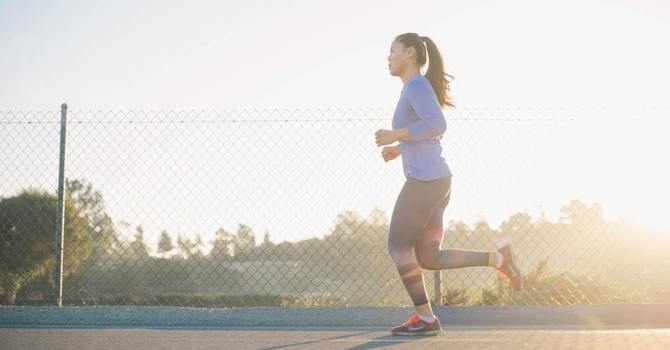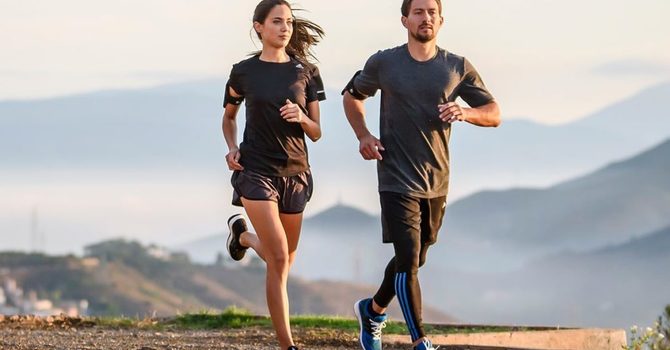
Usually the most fashionable boot is not the most comfortable boot and vice versa. At OMNI Health and Rehab we asked our chiropodists in Milton and Burlington how we can find the right balance.
When searching for the perfect pair of winter boots most of the focus tends to be on warmth but, you also need to pay close attention to the ‘fit’ of the boots. A proper fit is critical in preventing blisters, callouses, corns and uncomfortable feet.
When trying on boots, be sure to bring socks that are the same thickness of the socks that you plan to wear. It is recommended to get boots about a half size larger than you regular footwear. The increased space in the toe box area will allow for air to circulate around your toes and foot, keeping you warmer.
Here are some important features to look for when buying winter boots:
- Removable Insoles – allow you to properly remove and dry insoles between uses or remove completely to accommodate a custom-made orthotic.
- Rubber Soles – provide you with secure traction and stability in cold temperatures to help prevent slips or falls. A lower heel and wider outsole provide you with the broadest base of support offering maximum stability.
- Laces – provide the most adjustability and support in boots for walking and overall comfort. Velcro straps offer moderate support and pull-on styles offer much less. An athletic, lace-up winter hiker style of will generally provide the best support and comfort.
- Firm Heel Counter – similar to other everyday footwear, a firm heel counter provides you with the necessary ankle and heel support to help prevent fatigue of the foot and leg.
- Waterproof Leather or Membrane – keeping your feet dry will ensure they stay warm. Choose boots that have been treated to be waterproof. Look for styles that are made with Goretex (a waterproof material) which will allow your feet to breathe while keeping the moisture out.





